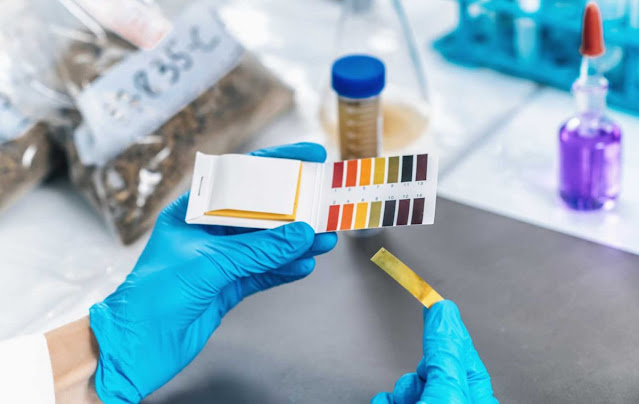The Importance of the PH of Drinking Water
Knowing the pH of drinking water is one of the most effective methods to evaluate its actual quality.
This parameter is one of the most important when it comes to carrying out analyzes on tap water to understand the effects it may have on the human body or, more simply, on the plumbing pipes. The pH, in fact, is one of the factors that can specify the corrosive power of the water coming from the aqueduct, and the presence of evident variations in the scale of values linked to it can indicate a better or worse quality of the liquid.
Not only that: knowing the pH of drinking water is a way to also monitor the journey made by this in the natural environment, where it is in contact with rocks and soils of the aquifers that can be characterized by a higher level of alkalinity or basicity.
To understand what the actual pH range is, we will deepen the meaning of this value and talk about the effects it has on the quality of drinking water.
What Is It and How to Measure The pH of water?
From a purely scientific point of view, pH is a value that indicates the precise concentration of hydrogen ions (H +) in a solution, thus indicating its encrusting or corrosive properties. Water itself is a solution, therefore it too can be corrosive or create encrustations: more precisely, the quantity of hydrogen ions in this liquid (considering its more “pure” version) is equal to that of the so-called OH- ions, reaching a pH value of 7 at 25 ° C, i.e. the neutrality of the solution.
The neutral pH is the same that can be found in personal hygiene devices such as soap, and is indicated as it does not risk causing damage to biological organisms, as long as these do not require a more acidic or basic environment, as can happen in the case of some vegetables. The neutrality of pH in nature is not always common, on the contrary: the same water that flows in underground aquifers or in rivers has different values, as it “carries” the hydrogen ions from rocks and soils in its own composition. It is for this reason that, depending on the location, untreated running water may appear different from that present in our homes.
The difference in pH between the waters present in nature is so varied that we prefer to talk about aqueous solutions: these can be acidic (values from 0 to 7), basic (from 7 to 14) and, of course, neutral (7). A few examples: groundwater pH values fall in the acid curve (generally 6.5-8.5) as the soils have minerals such as sulphides, the main producers of sulfuric acid. Instead, surface or spring waters have more basic values due to a preponderant presence of calcium.
The Effects of pH On Plants and On the Human Organism
The variation in the pH of drinking water can have some technological effects but, fortunately, it does not have any on the human body. Let’s see the main ones:
Corrosion and Fouling of Aqueducts: Basic water or acidic water can affect the pipes of distribution systems. We speak of corrosion when a great basicity is measured, with consequent damage to the pipes and potential release of heavy metals in running water, while in the case of high acidity the opposite phenomenon can occur, encrustation, which forms annoying deposits capable to prevent the passage of liquid.
Triggering of Chemical Reactions: The correct pH value in an aqueous solution is particularly important to correctly trigger chemical reactions that can make the liquid more pure or sanitized. For example, in swimming pools and aqueducts, where it is necessary to ensure water suitable for swimming or, in the second case, for human consumption, it is possible to use some substances that increase or lower the pH of the solutions to make them perfectly reactive to disinfectant elements.
Effects on The Human Body: Contrary to what one might think, the variations in the pH of the aqueous solutions do not create particular damage to the digestive system of man, which is naturally equipped with a “buffer” system that automatically stabilizes the values of neutrality. No problem, therefore, for the consumption of tap water with acidity values between 4 and 5, usually reached due to carbonation through domestic systems for water intended for human consumption. The addition of carbon dioxide, in fact, greatly lowers the levels of hydrogen ions in the water, without making it harmful and, on the contrary, allowing the aqueous solution to be more pleasant and easily digestible.
Knowing the effects of the pH of drinking water is also necessary in order not to be deceived by those who praise the beneficial properties of a water just because it has a high alkalinity: in fact, recently there are many producers of this variant who have tried to attribute to it non-existent advantages, as the pH value returns to its neutral state thanks to the buffer system present in the body.








